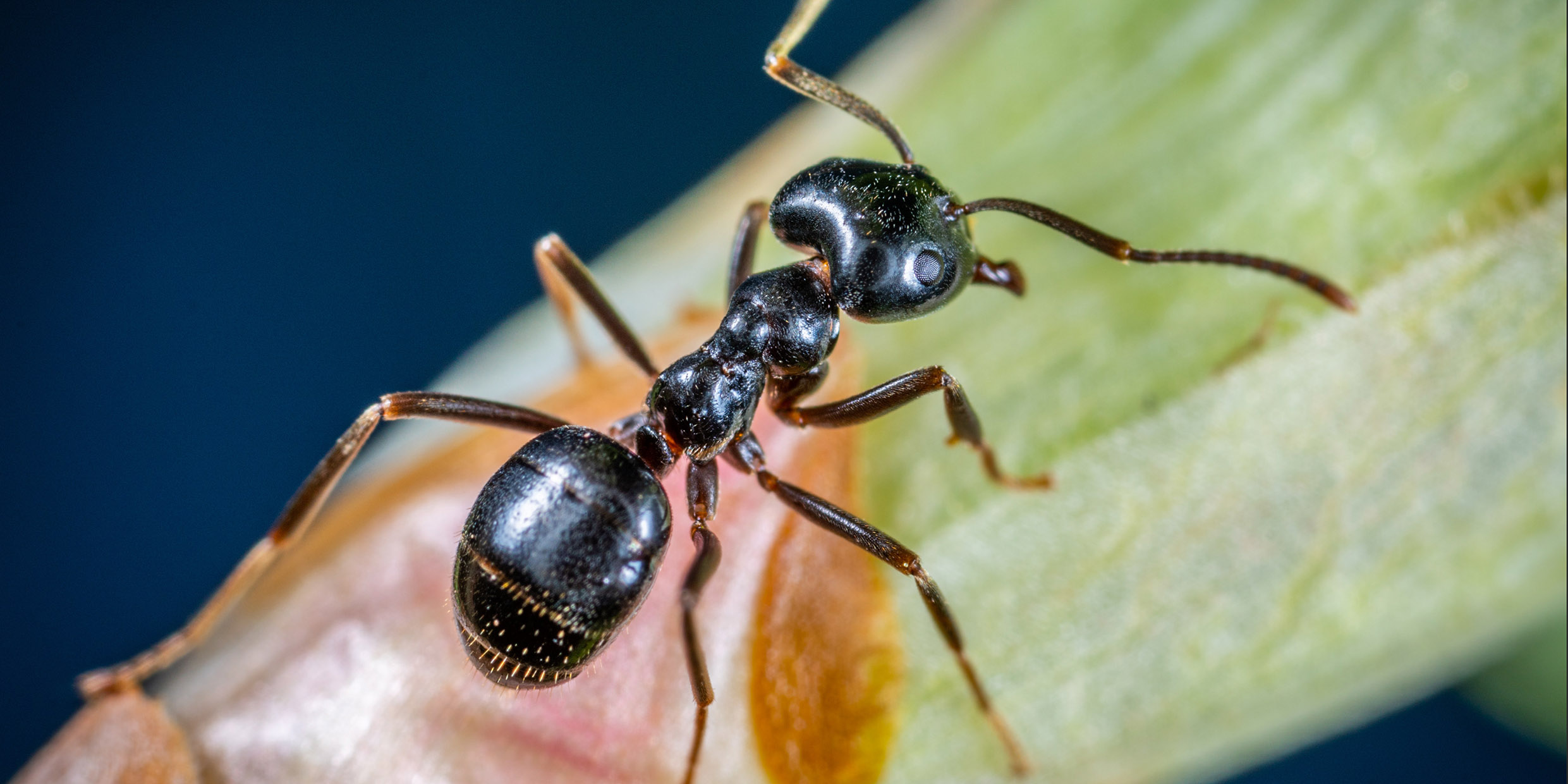Originally published 22 January 1990
At 65 bucks, this is not a book you are going to rush out and buy. It’s not even a book you will likely want to read. You certainly wont find it on the shelf of your typical mall bookstore, and probably not at the town library.
It is instead one of those granddaddy books from which a whole clan of lesser books will descend. The definitive tome. The scientific masterwork. Myrmecology, the study of ants, will never be the same.
I am talking about The Ants, a monumental study by Harvard entomologists Bert Hölldobler and Edward O. Wilson, just published by Harvard University Press. Seven hundred hefty pages of ant lore. Everything you wanted to know about ants but were afraid to ask.
I wont pretend I’ve read The Ants cover to cover, but for a few weeks it has been on my bedside table and I find myself frequently dipping into it. A page here, a paragraph there. These tiny, endlessly-active pests of picnic and pantry turn out to be irresistibly interesting.
Famously industrious
Hölldobler and Wilson will need to go far to redeem the ant in our affections. In spite of fabulist La Fontaine’s best efforts to draw an edifying moral from the ant’s industriousness, we still tend to prefer the frivolously fiddling grasshopper. Not even the poet Ogden Nash found much to admire in the ant’s unceasing busyness: “Would you be calm and placid,” he asks, “If you were full of formic acid?”
Formic acid, which is widely used in industrial processes, occurs naturally in the bodies of ants and takes its name from the Latin for ant (formica). From the Latin root we also have the scientific name of the ant family, Formicidae, and a bunch of other ant words, such as formicary (a nest of ants), formicate (to swarm with ants), and formication (an abnormal sensation of ants crawling over the skin).
The very thought of finding oneself on a formicating formicary is enough to make the skin crawl, and that alone may account for our determined efforts to put ants and their habits out of mind. According to Hölldobler and Wilson, ants have been neglected even by scientists, in spite of their ecological importance, which is considerable. Their 700 pages of myrmecological lore will no doubt do much to remedy the situation.
The book includes an anatomical atlas of ants from around the world, each drawn at kitten scale. Some have fat heads and some have thin heads. Some are sleek and some are hairy. Some are spiky and some are corrugated. All of them are ugly and, if we are lucky, they will stay in their formicaries (conceding, of course, that the most beautiful thing to an ant is another ant).
The most unlikely thing about ant anatomy is that little threadlike nexus that attaches the back half of the body to the front half. Wasps get the credit for inventing the wasp waist, but ants are no less pinched-in at the middle. Surely that bottleneck must constrict communication between the two halves of the insect, and according to our authors a lot goes on in both halves.
Ants are jam-packed chemical factories. They employ the most complex system of chemical communication of any animal. Their glands are endlessly active, puffing and squirting secretions for every purpose. When tastes and scents fail, there are other modes of communication — tappings, strokings, graspings, nudgings, and antennations. Hölldobler and Wilson lay it all out in endless detail, an unabridged Webster’s of ant gab.
Sometimes ant communication runs dangerously amuck. We are given the example of a group of army ants that was cut off by rain from the main foraging party. The soldiers of the group were so strongly attracted to each other that they formed a “mill,” going blindly round and round in each others tracks for a day and a half until all fell dead.
An army of specialists
One might ask how animals subject to such self-defeating behavior could reach the pinnacle of insect evolution, and maintain their dominance for 50 million years. The answer surely has to do with the many and complex modes of social behavior that are documented so comprehensively in The Ants.
The two Harvard entomologists take note of the ants particular ability to specialize when the need arises. Instead of a single individual performing all parts of a complex task (for example, check a larva, collect food, feed the larva), different workers devote their efforts to a single part of the task (checking, collecting, or feeding). The human analogy is the assembly line where one worker does nothing all day long but put in a particular screw. Apparently, the same mindless efficiency that caused assembly-line mass production to triumph in the human workplace also accounts for the evolutionary success of the ant.
It is a rather un-calm and un-placid kind of success. Which probably explains why those of us with less formic acid and bigger brains prefer to be out fiddling with the grasshopper.
Hölldobler and Wilson’s The Ants was awarded the Pulitzer Prize for General Non-fiction in 1991 — Ed.



